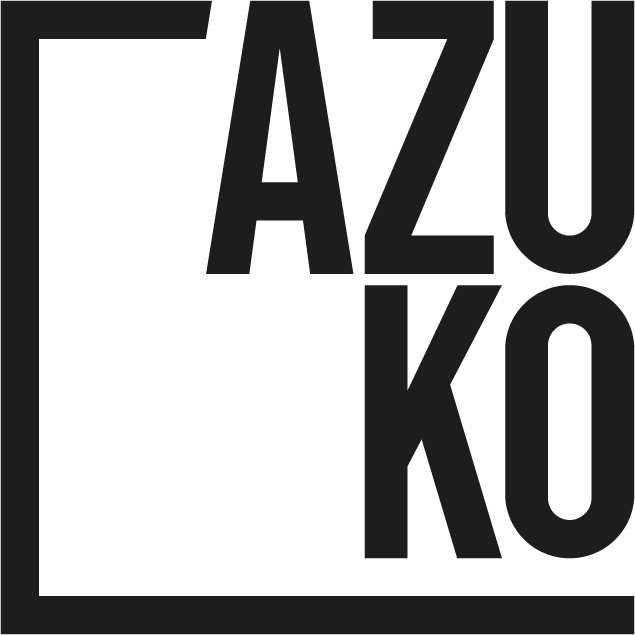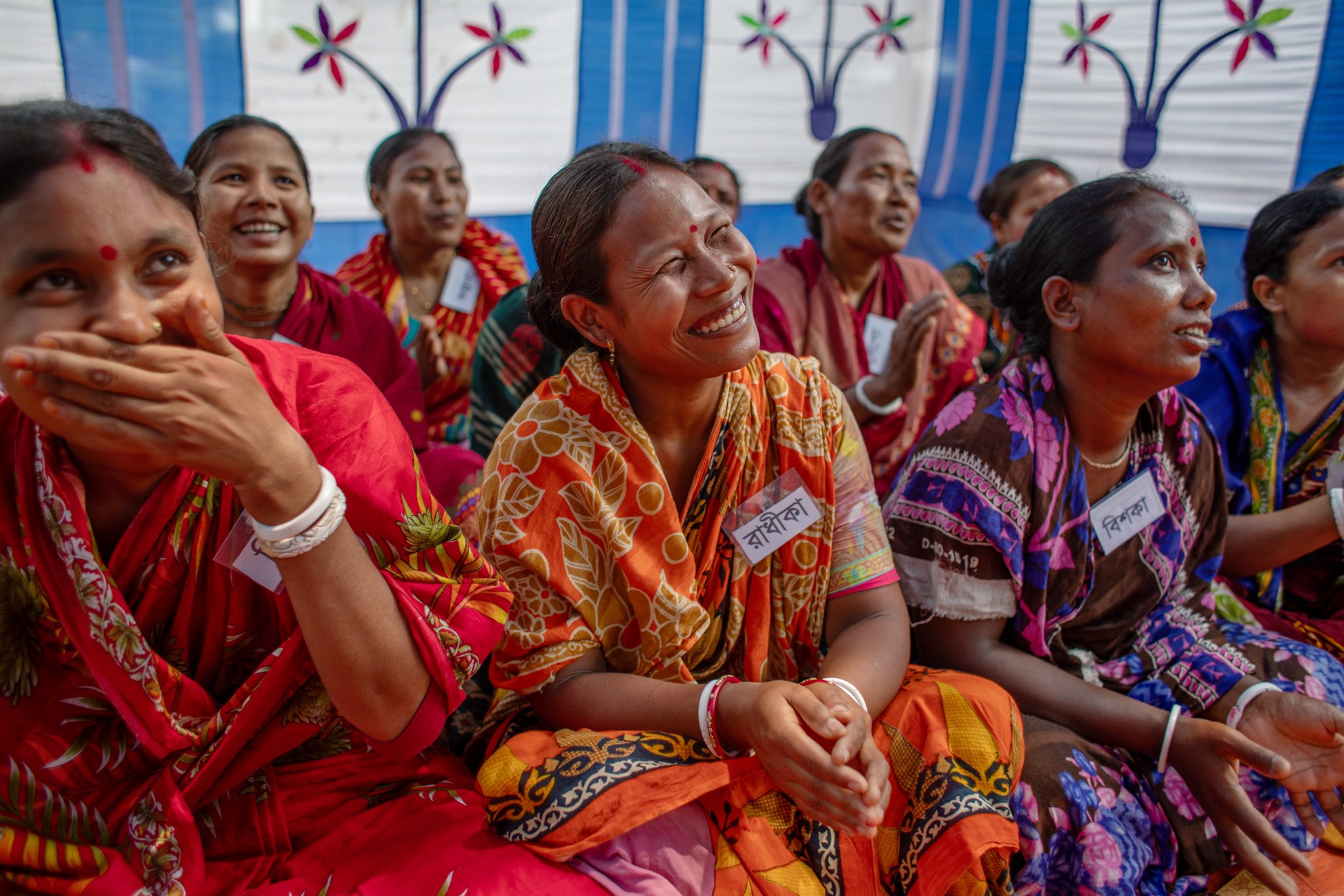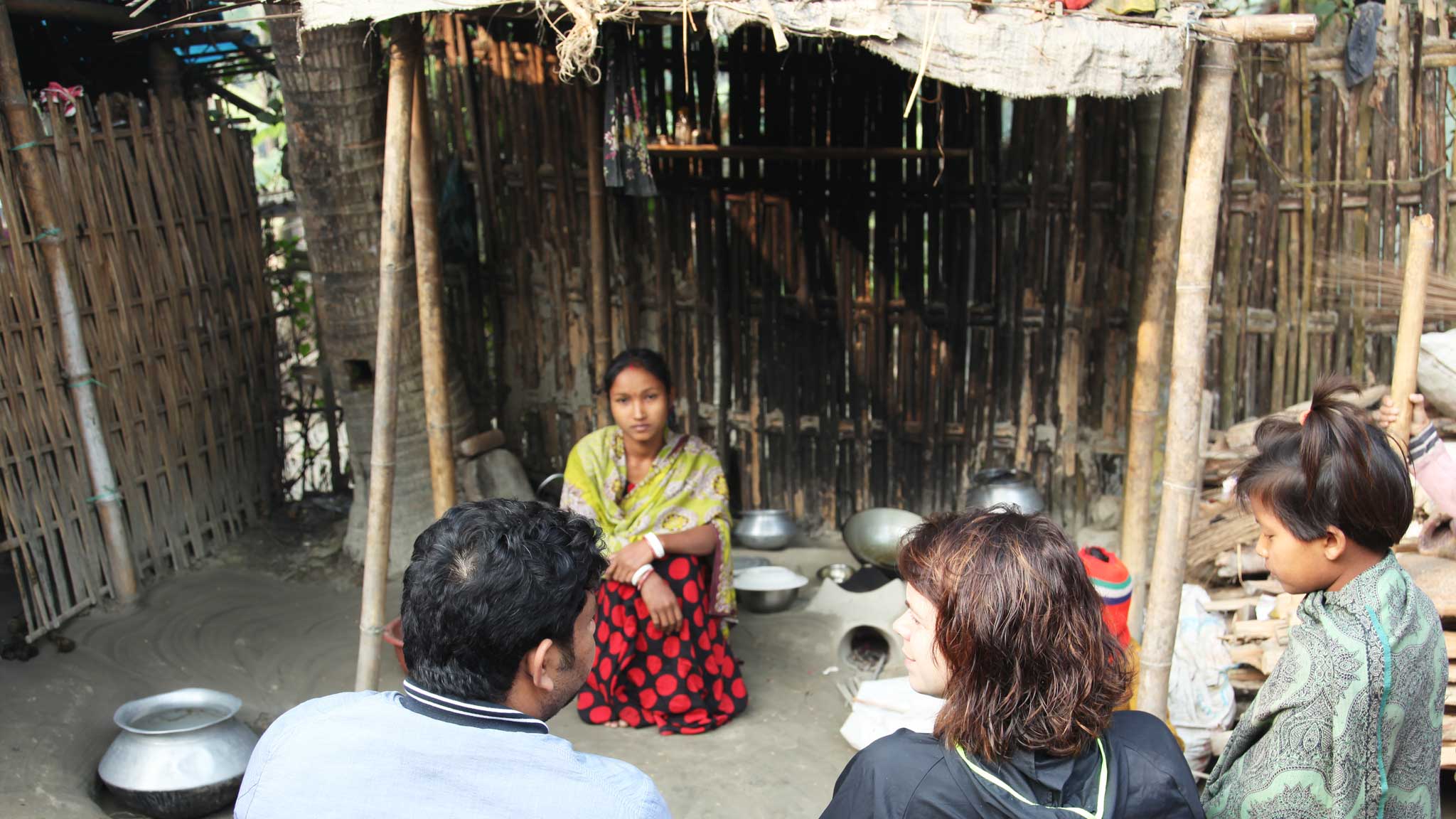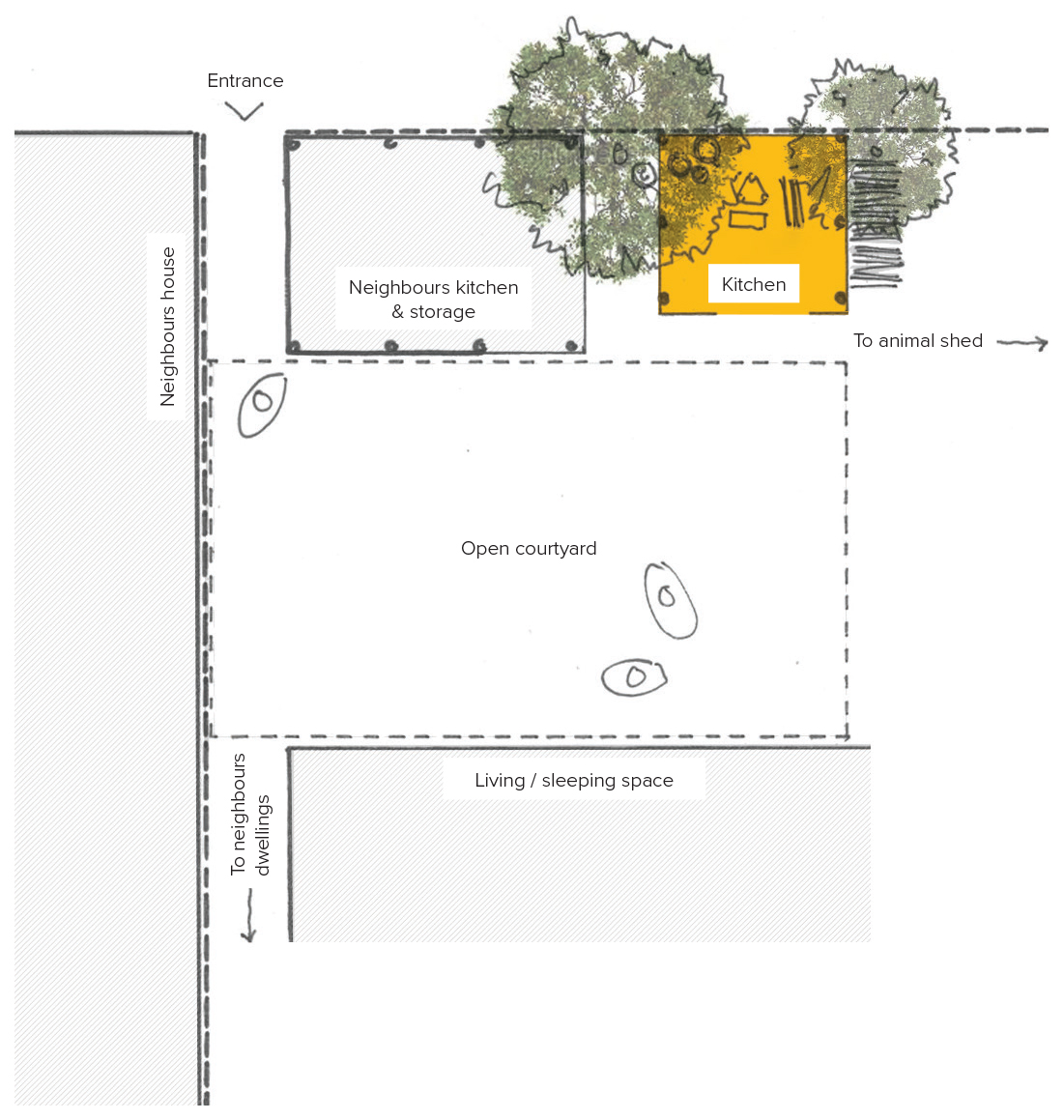Sumita lives in a small rural village in northwest Bangladesh. It’s an agricultural area, most of her neighbours are farmers and the housing conditions are poor. She married young, and has dedicated her life to her family and three children. Now she wants to open her wings and fly.
Sumita joined AzuKo’s Build for safety training to learn how to improve her home. She wasn’t sure what to expect, but soon found out it was much more than a construction course – it was a door to opportunities. After she completed the training, she set her sights on improving her kitchen. She’s a talented cook, and spends much of her day preparing meals for her family. Along with women in her village, she formed a savings group to help each other access finance for home improvements.
She saved enough money to contribute 6,000 BDT (£45), approximately 20% of the build cost for her new kitchen, and we worked with her to design and build it. The kitchen is raised above flood waters with a brick plinth, and the once earthen floor is now cement reducing the need for maintenance and repairs. New walls and roof protect against the intense sun and monsoon rains, with lockable doors so she can safely store utensils. The design encourages cross ventilation, meaning it now doesn’t fill with thick black smoke... and her favourite feature, a kitchen table. She no longer needs to prepare meals hunched over the floor. This is the power of good design.
“Before my kitchen had no walls and a mud floor. It was difficult to keep the rats away. Now we have this kitchen. It’s so clean. I can store food, prepare and cook easily.”
Sumita loves her country of Bangladesh. She used to dream about joining the civil service, but when she became a mother her life took a different path. Now she sees new possibilities for her family, and also for herself.
“When I was young, I was like a bird. I was free. I want to fly. I think I can, I have hope again.”










